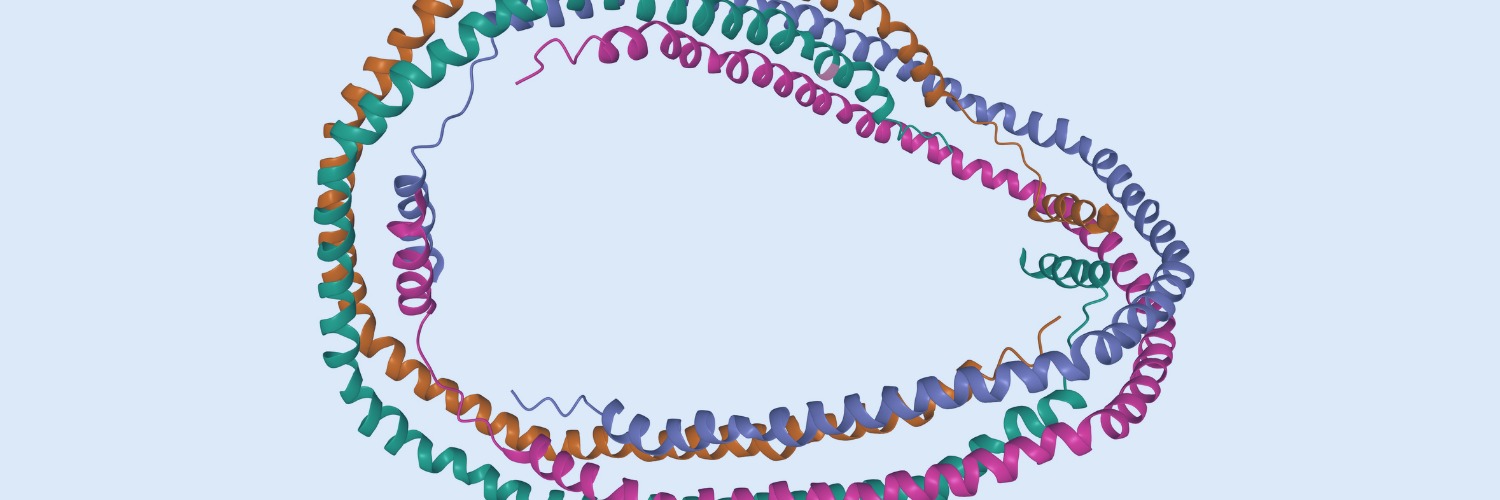The following is a summary of the “Navigational Bronchoscopy versus Computed Tomography-guided Transthoracic Needle Biopsy for the Diagnosis of Indeterminate Lung Nodules: protocol and rationale for the VERITAS multicenter randomized trial,” published in the March 2024 issue of Pulmonology by Lentz et al.
The rising incidence of lung nodules necessitates an accurate biopsy to distinguish between benign and malignant causes. Computed tomography-guided transthoracic needle biopsy (CT-TTNB) is the established minimally invasive method, yet navigational bronchoscopy, with recent technological advancements, shows promise in improving diagnostic yield with fewer complications. However, existing data comparing these modalities lack direct comparisons and are prone to biases.
The VERITAS trial (Navigation Endoscopy to Reach Indeterminate Lung Nodules versus Transthoracic Needle Aspiration, a randomized controlled Study) is a multicenter, randomized, parallel-group study aiming to determine whether electromagnetic navigational bronchoscopy with integrated digital tomosynthesis is non-inferior to CT-TTNB in diagnosing peripheral lung nodules sized 10-30 mm with a pre-test probability of malignancy of at least 10%. The primary endpoint is diagnostic accuracy over 12 months of follow-up, with secondary endpoints including diagnostic yield, complication rate, procedure duration, need for additional invasive procedures, and radiation exposure.
This trial will provide robust evidence on managing lung nodules, crucial for detecting early-stage lung cancer. Challenges include a central review of all nodules by independent panels to ensure eligibility for both modalities and stringent criteria for defining diagnostic yield and accuracy to prevent overestimation of utility.
Source: sciencedirect.com/science/article/pii/S2949789224000163



















